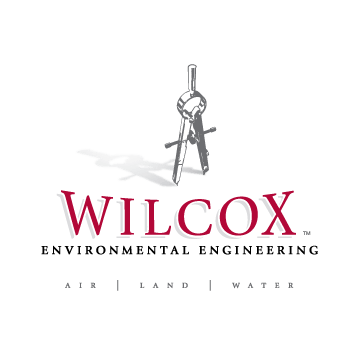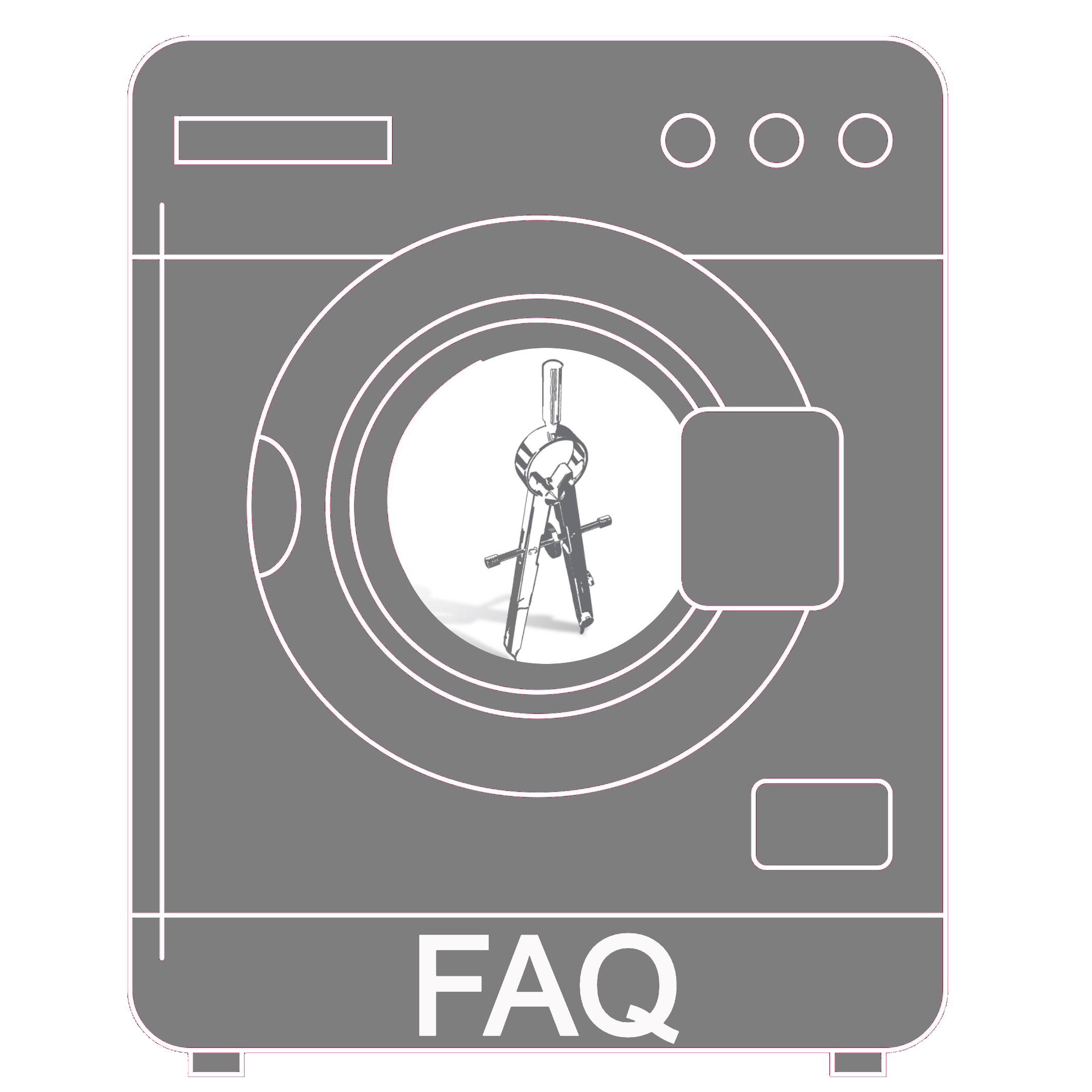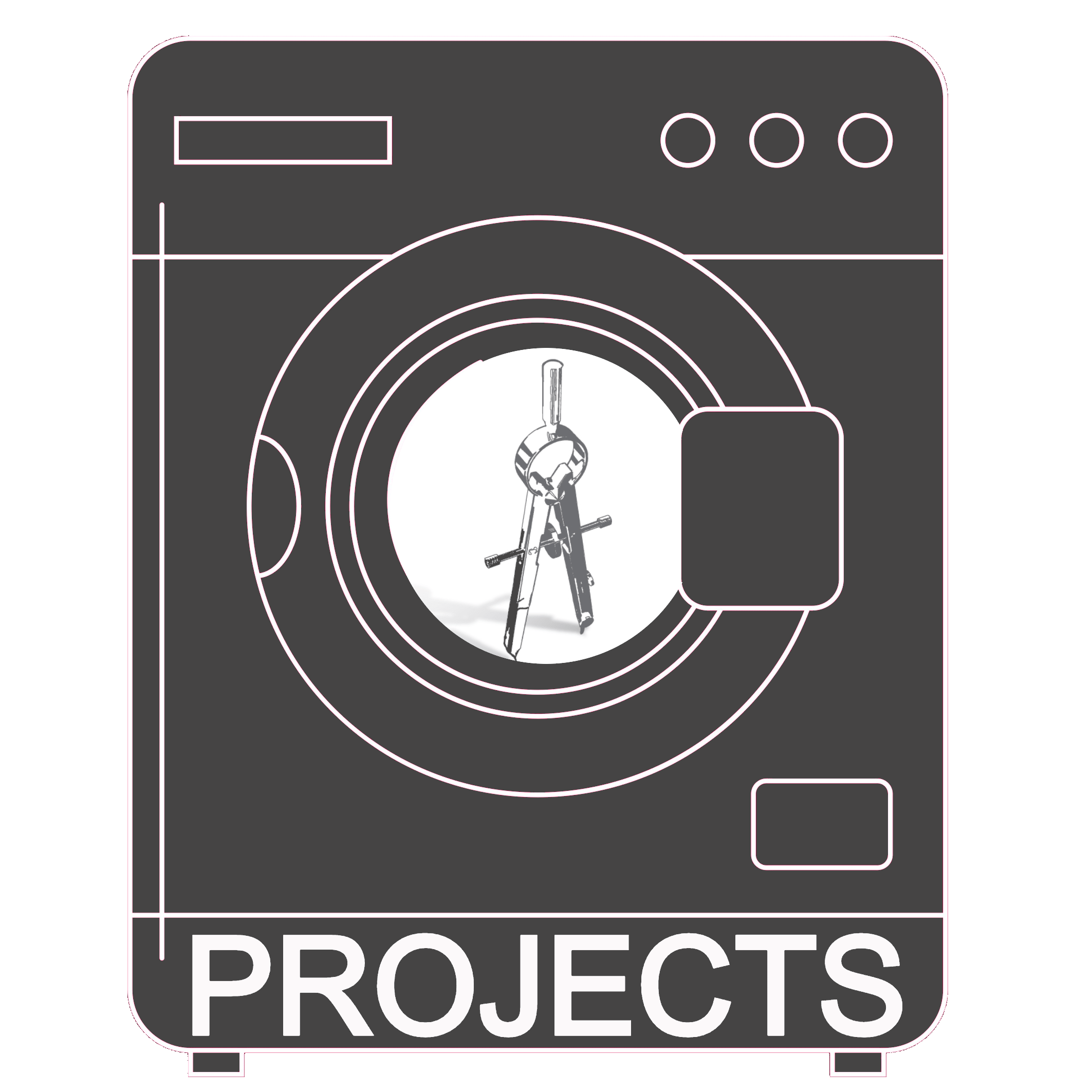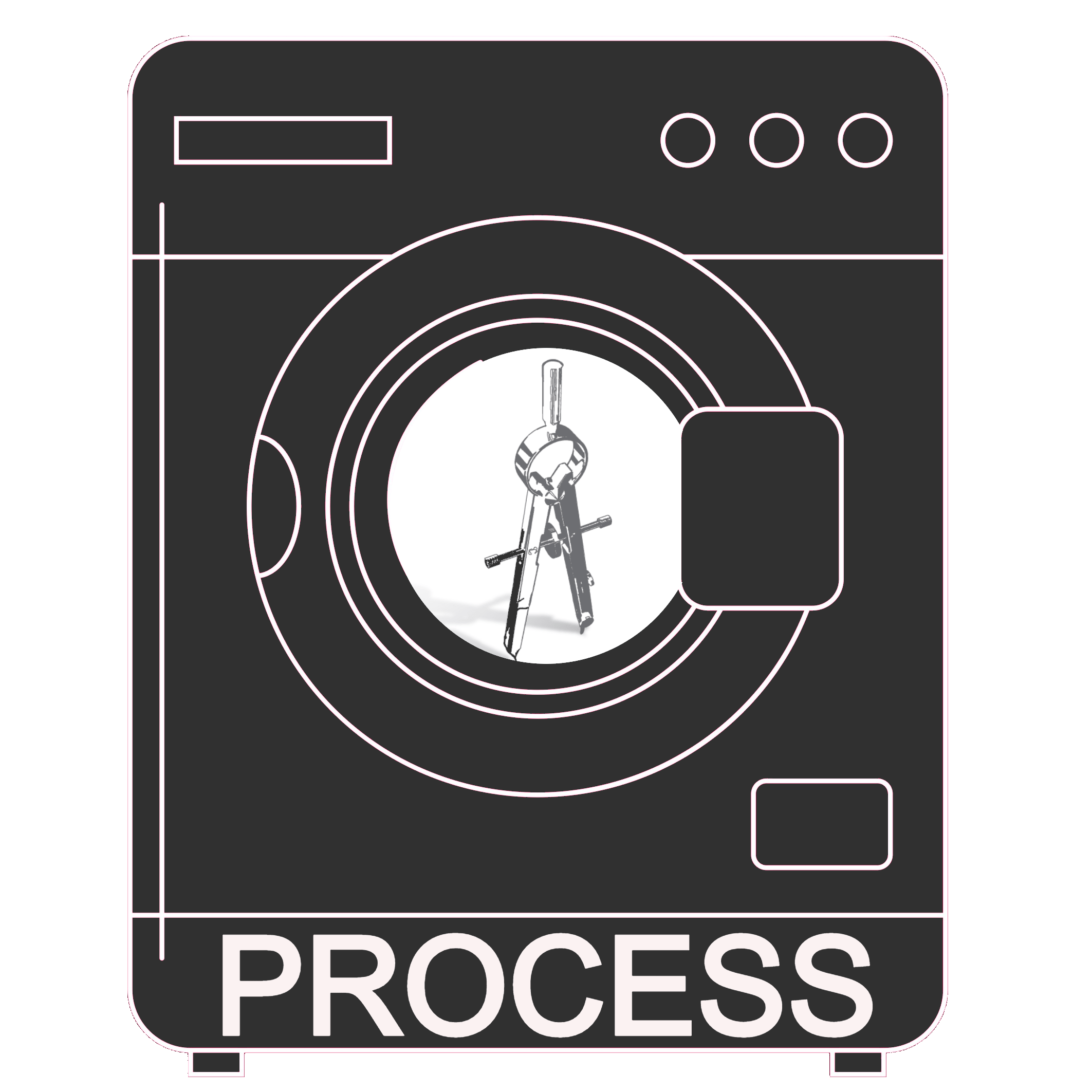Dry Cleaner Navigation Menu
Frequently Asked Questions
“How much do these investigations/cleanups cost”?
- The cost will vary depending on the amount of contamination present. Some investigations we’ve completed have such a small amount of contamination present that a cleanup isn’t necessary. When cleanup is necessary, costs can range from $500K to $1.5M depending on the remediation method needed.
“How long will this take? Why so long”?
- The first step in addressing contamination is to determine the location, depth, and concentrations. This is typically accomplished through a series of subsurface investigations where groundwater, soil, and often air samples are collected and analyzed by a laboratory. Wilcox evaluates the investigation data and assesses potential exposure risk to human health and the environment. The results and recommendations are documented in an investigation report sent to the Indiana Department of Environmental Management (IDEM) who regulates and oversees the investigation and cleanup process.
- After the extent of contamination is determined, your consultant team will prepare a remediation work plan to address the contaminants and prevent exposure. Once the work plan is implemented, IDEM requires groundwater monitoring for a minimum of two years to monitor the success of the work plan. If the contaminant levels have decreased to an acceptable level and are stable at the end of the groundwater monitoring period, a no further action (NFA) request will be submitted to IDEM that recommends no additional work be required. Normally it takes 3-5 months for IDEM to review the data, agree with recommendation for NFA, and to issue the NFA letter.
“Why is this such a big deal”?
- Perc may pose serious health hazards if exposure is occurring. It’s not easily recognizable because it’s colorless and it’s “sweet” odor is difficult to detect, particularly after prolonged exposure. Exposure can occur through: (1) skin contact by touching contaminated soil or groundwater; (2) inhaling the vapors; or (3) ingesting the contaminated soil or groundwater. Effects vary depending on the length of time exposure has occurred. If it’s determined that any of these exposure pathways are occurring, the immediate objective is to stop exposure.
“How did this get here? I didn’t spill anything”?
- The contamination likely occurred years ago before state and federal laws were enacted to regulate perc and require improved storage, use, and disposal procedures. As an example, dry-cleaning businesses commonly disposed of used dry-cleaning machine filters with general trash. Small amounts of perc remaining in the used filters leached onto the ground and into soil after contact with water. Another common release method is when used perc stored in pails or buckets were accidentally spilled into floor drains and discharged to a septic field or a leaky sanitary sewer.
“Why should I even start this process? No one is bothering me now with this stuff. If it’s down there, it’s been there for years and no one has complained yet. Seems harmless”.
- The EPA considers perc to be a “likely human carcinogen” meaning that prolonged exposure has been linked to an increased risk of cancer. Perc is also fairly resistant to natural breakdown in the subsurface. Building occupants may unknowingly be breathing harmful levels of perc vapor due to subsurface contamination in the soil and/or groundwater.
“Seems like such a long process for something that no one cares about anyway. What if we start this and it becomes a hassle, can we stop it and just walk away”?
- This can be a challenging process to walk through without an experienced and knowledgeable consultant in your corner. After the investigation starts and IDEM is notified, Wilcox will manage the investigation and cleanup processes on your behalf; communicate with IDEM, your environmental attorney, and your insurance company; and partner with you to make the right decisions and eliminate the “hassle”.
“What if you find a big problem and I get sued”?
- Although lawsuits can happen, they aren’t typically encountered during investigation and cleanup of drycleaners. Wilcox works with several environmental attorneys that specialize in insurance recovery, dry-cleaner investigations, and client defense. Wilcox will manage all communication with IDEM, adjacent property owners, your attorney, and your insurance company to minimize liability and risk.
“I don’t think I want to mess with this. I’ve heard a few of the residential neighbors have cancer and I don’t want to know if something under the ground is causing it”.
- That’s more reason to investigate now. If a historical release has occurred, it seems logical to address the issue before others are affected. Also, it’s inevitable that an investigation will occur near your property at some point. This can happen through multiple ways: (1) adjacent property owners voice health concerns to the city, county, or state officials (2) you’re selling or refinancing your business; (3) an adjacent business is selling and finds contaminants during their due diligence period; (4) your municipality discovers contamination during street widening in front of your property; or (5) you retire and pass the business along to your heirs. It’s best to address the issue now while you know your insurance history and can find evidence of those policies.
“How is this going to affect my property value? I’m planning on retiring in 5 years”.
- If your property is contaminated, its value will likely be decreased. After IDEM issues a no further action letter, your property will again be valued at full market value. Since the process can take a few years, it makes sense to deal with any issues that may exist now instead of waiting to confront it.
“I was planning on leaving this property to my kids”.
- That’s another reason to address the issue now. Since the funding source is typically historical insurance policies, you have the history and knowledge of your business to locate those policies. If left for your heirs, they probably won’t know where to start looking. If you’re proactive now, you can have peace of mind that your heirs will inherit a property clear of any environmental issues.
For more detailed information, please contact us at info@wilcoxenv.com.





